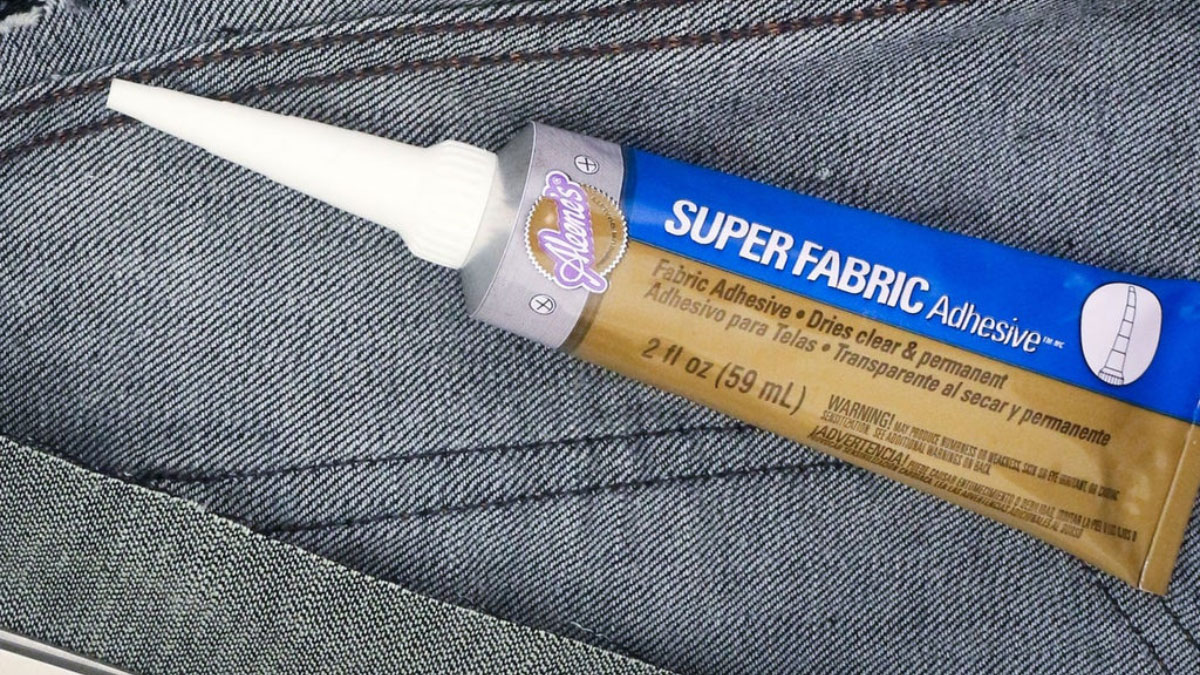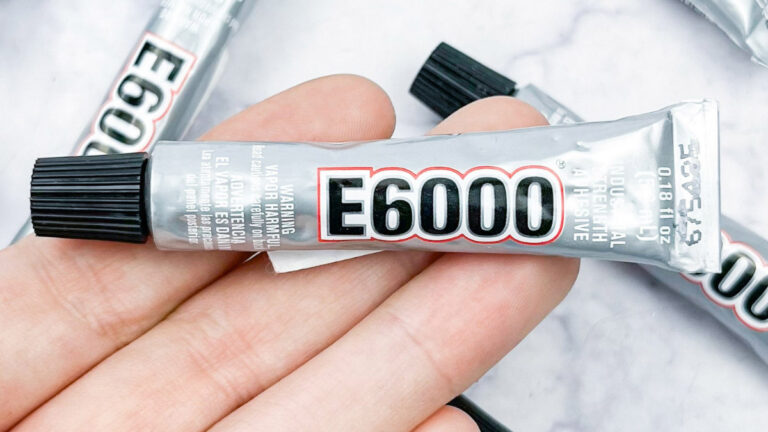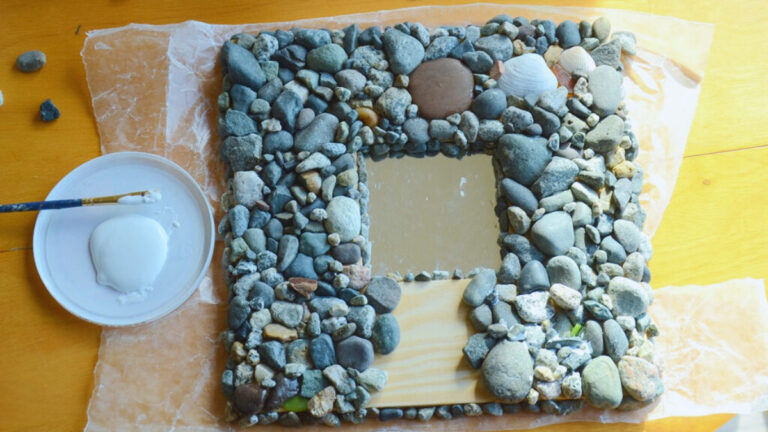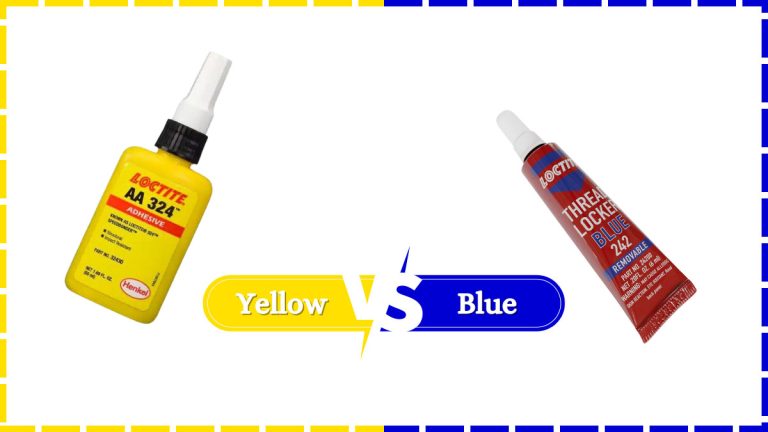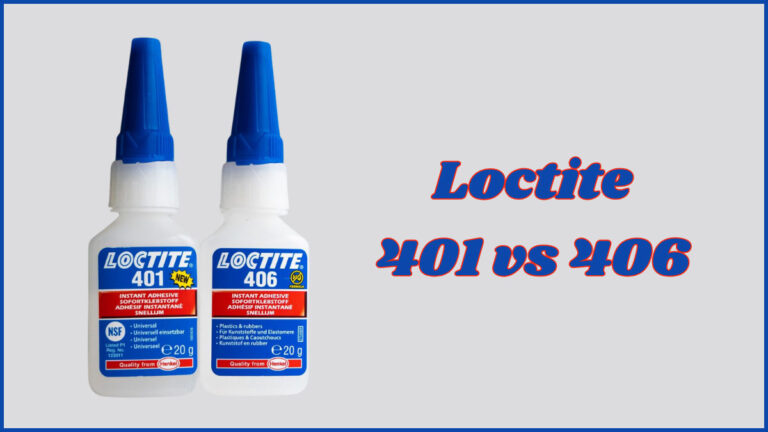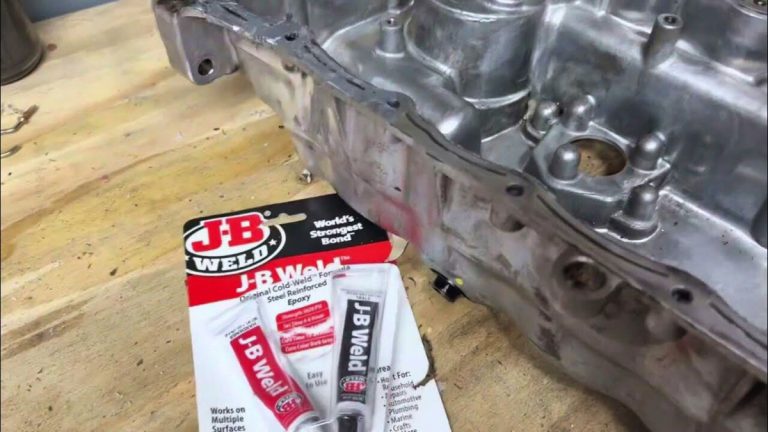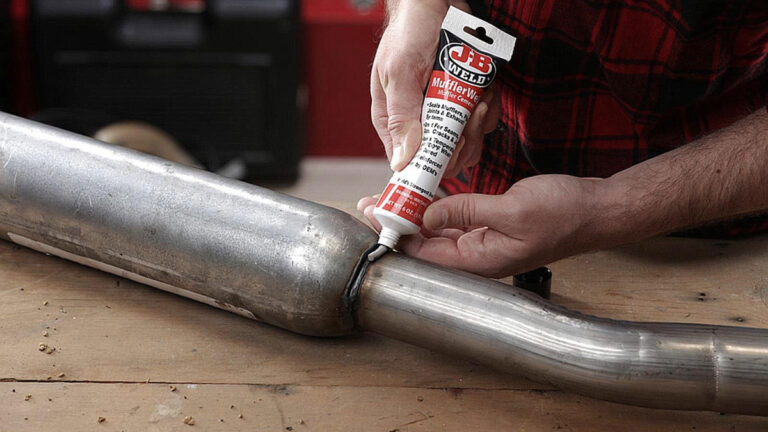How Strong Is Fabric Glue: Exploring Its Strength and Durability
Ever wondered if fabric glue can hold your DIY projects together? Fabric glue offers a convenient alternative to sewing, promising strong and durable bonds without the hassle of needles and threads. Whether you’re patching up a favorite pair of jeans or crafting a custom piece, understanding the strength of fabric glue is essential for ensuring your creations last.
You’ll find fabric glue in various strengths and formulations, each designed to tackle different types of materials and uses. From light repairs to heavy-duty applications, the right fabric glue can make all the difference. So, how strong is fabric glue really? Let’s jump into the specifics and discover what makes this adhesive a go-to choice for crafters and DIY enthusiasts alike.
Key Takeaways
- Versatility of Fabric Glue: Fabric glue offers a flexible and strong bonding alternative to sewing, catering to various DIY projects and repairs with minimal hassle.
- Types of Fabric Glue: Different types are available including standard all-purpose, temporary hemming, high-bond/heavy-duty, and heat-activated, each with specific strengths and uses.
- Adhesion Mechanisms: Fabric glue bonds materials through mechanisms like chemical adhesion, mechanical interlocking, diffusion, and adsorption, contributing to its overall strength.
- Effective Application: Proper surface preparation, even application, and adequate curing time are crucial for maximizing the bond strength of fabric glue.
- Comparison to Sewing: While fabric glue provides convenience and significant strength, sewing remains more durable for projects exposed to stress, wear, or repeated washing.
Types of Fabric Glue
Understanding the different types of fabric glue helps you select the best option for your project. Each type has unique strengths and is designed for specific uses.
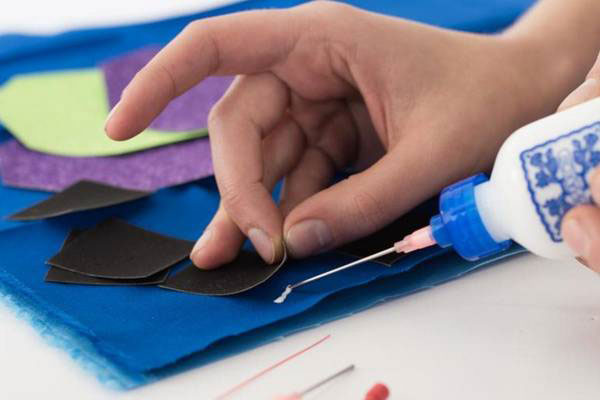
Standard All-Purpose
Standard all-purpose fabric glue stands out for its versatility and moderate to strong bond. These glues are flexible and washable, drying clear for a seamless finish.
Examples:
- Dritz Liquid Stitch, Aleene’s Fabric Fusion, and Beacon Fabri-Tac
Features:
- Suitable for various fabrics
- Strong, flexible bond
- Ideal for attaching embellishments and mending small tears
Temporary Hemming
Temporary hemming glue offers a weak to moderate bond, perfect for short-term fixes. This glue is suitable for holding hems in place before sewing or providing temporary adjustments.
Features:
- Short-term, weak to moderate bond
- Easy to remove
- Convenient for on-the-go adjustments
High-Bond/Heavy-Duty
High-bond or heavy-duty fabric glue provides a robust bond, making it ideal for thick fabrics and heavy-duty applications. This type of glue is tough and designed to withstand stress and strain.
Features:
- Strong bond suited for thick fabrics
- Durable under stress
- Ideal for upholstery, denim, and other heavy materials
Heat-Activated
Heat-activated fabric glue becomes adhesive when heated, offering a durable and permanent bond. You can use an iron or a heat press to activate this glue, making it ideal for various crafting and repair projects.
- Permanent bond once heat-activated
- Versatile for different fabrics
- Ideal for patching and intricate crafts
By understanding these types of fabric glue and their strengths, you can ensure that you select the best glue for each specific project.
Adhesion Mechanism
Understanding the adhesion mechanism of fabric glue helps you appreciate its strength and effectiveness. Fabric adhesives bond materials through several key mechanisms, each contributing to the overall holding power.
Key Adhesion Mechanisms
Chemical Adhesion
The strongest of all mechanisms, chemical adhesion involves the formation of bonds between the functional groups in the adhesive and the atoms or molecules on the substrate surface. This bond significantly enhances the structural strength of the adhesive.
Mechanical Interlocking
In mechanical interlocking, the adhesive flows into tiny cavities on the substrate’s surface, displacing trapped air. When it solidifies, it locks onto the substrate. Increased surface roughness can enhance this effect by expanding the total contact area.
Diffusion
Diffusion occurs when polymer chains from the adhesive interpenetrate with those from the substrate. This interpenetration enhances the strength of the bond.
Adsorption and Wetting
Adsorption and wetting require the adhesive to spread and wet the substrate surface efficiently. Effective wetting ensures better contact and later, a stronger bond.
Enhancing Adhesion Strength
- Surface Preparation: Clean substrate surfaces can enhance chemical and mechanical adhesion by removing impurities that obstruct bonding.
- Correct Adhesive Selection: Matching the adhesive to the substrate material maximizes adhesion mechanisms.
- Application: Proper application techniques, such as even spreading and appropriate pressure, enable optimal adhesive performance.
Adhesion Strength Factors
| Adhesion Mechanism | Description | Contribution to Strength |
|---|---|---|
| Chemical Adhesion | Formation of bonds between adhesive’s functional groups and substrate atoms/molecules | High |
| Mechanical Interlocking | Adhesive flows into micro-cavities, solidifying and locking onto the substrate | Moderate to High |
| Diffusion | Interpenetration of polymer chains from adhesive and substrate | Moderate |
| Adsorption and Wetting | Adhesive wets and spreads efficiently on the substrate surface | Variable, based on effectiveness |
- Surface Roughening: Increase surface roughness where possible to enhance mechanical interlocking.
- Proper Drying Conditions: Both temperature and humidity can influence adhesive curing and bonding strength.
- Adequate Pressure: Apply appropriate pressure to ensure intimate contact between adhesive and substrate.
Understanding these mechanisms allows you to choose the best fabric glue for your DIY projects, ensuring strong and durable bonds.
Using Fabric Glue Effectively
Fabric glue is a versatile tool in crafting and repairs, but its effectiveness depends on careful application. To maximize the strength and durability of your fabric glue bonds, consider the following guidelines.
Surface Preparation
Proper surface preparation ensures that your fabric glue adheres well and forms a strong bond.
- Clean Fabric: Make sure the fabric is clean. Remove any dirt, dust, or fabric softener residues that might interfere with the adhesive. A quick wash and thorough dry can help.
- Dry Surface: Ensure the fabric is completely dry. Moisture can weaken the glue’s effectiveness.
- Smooth Surface: Check for a smooth surface. Any wrinkles or uneven areas can prevent full contact between the glue and fabric.
Application Techniques
Using the right techniques is crucial for achieving strong, lasting bonds with fabric glue.
- Apply Evenly: Spread the glue evenly on the fabric surface. Uneven applications can lead to weak spots.
- Sufficient Coverage: Ensure enough glue covers the entire area to be bonded. Too little glue might fail to hold.
- Press Firmly: Firmly press the fabric pieces together after applying the glue. This helps the adhesive penetrate the fabric fibers.
Drying/Curing Time
Respecting proper drying and curing times enhances the strength of fabric glue.
- Initial Drying: Allow the glue to dry initially for the manufacturer’s recommended time, often 1-2 hours.
- Cure Completely: Let the glue cure completely, typically 24 hours for most products. This ensures maximum bond strength.
- Avoid Disturbance: Keep the bonded fabric undisturbed during the curing period. Movement can weaken the forming bond.
| Brand | Strength | Ideal Use Cases | Drying Time | Washable |
|---|---|---|---|---|
| Gorilla Fabric Glue | High strength, flexible bond | Various fabric types | 1 hour to touch dry, 24 hours full cure | Yes |
| Aleene’s Fabric Fusion | Strong, clear bond | Light to medium fabrics | 2-4 hours to touch dry, 24-48 hours full cure | Yes |
| E6000 | Heavy-duty, industrial strength | Heavy fabrics, mixed materials | 5 minutes to touch dry, 24-72 hours full cure | Yes |
Proper preparation, application, and curing are key to using fabric glue effectively. Feel confident in tackling your next fabric project with these guidelines.
Testing Fabric Glue Bond Strength
Testing the strength of fabric glue ensures you select the most suitable adhesive for your project. Key tests include checking bond durability under various conditions and evaluating performance on different fabric types.
Test Methods
Various methods assess fabric glue bond strength. Laboratories employ standardized procedures for precise outcomes.
- Tensile Strength Test: Measures resistance to pulling forces. A sample is glued, cured, and then pulled apart using a tensile tester.
- Peel Strength Test: Determines adhesive’s ability to resist peeling forces. This involves adhering a fabric piece to a rigid surface and peeling it at a consistent speed.
- Wash Durability Test: Assesses the bond’s durability through multiple wash and dry cycles, simulating real-world wear and tear.
- Flexibility Test: Evaluates how well the adhesive holds as the fabric bends or stretches. Useful for fabrics with elastic properties.
Comparison of Fabric Glues
Different fabric glues offer varied performance characteristics. A comparative analysis of popular products helps you choose the right adhesive.
| Product Name | Bond Strength | Drying Time | Waterproof | Flexibility | Ideal Uses |
|---|---|---|---|---|---|
| Aleene’s Super Fabric Adhesive | Industrial-strength | 2-4 hours | Yes | Yes | Heavy fabrics, embellishments |
| Gorilla Fabric Glue | Strong, permanent bond | 30 minutes | Yes | Yes | General fabrics, including heavy materials |
| Beacon Fabri-Tac | Strong bond | 1-2 hours | No | Moderate | Quick repairs, dry-cleaned items |
| Dritz Liquid Stitch | Permanent bond | 30 minutes | No | Moderate | Light to medium-weight fabrics |
Summary of Evaluation
Testing fabric glue helps ensure you choose the right product for your needs. Different tests evaluate tensile strength, peel resistance, wash durability, and flexibility. A comparative analysis of popular glues, like Aleene’s Super Fabric Adhesive and Gorilla Fabric Glue, offers insights into their specific strengths.
Fabric Glue vs. Sewing
While fabric glue offers convenience, sewing remains a gold standard for durability. Fabric glue can be strong, especially high-quality brands, but it typically doesn’t match the lasting bond of sewing. For projects exposed to stress or wear, sewing provides a more secure and permanent solution. But, fabric glue is excellent for quick repairs or when sewing isn’t feasible.
Delicate Fabrics
Fabric glues excel with delicate fabrics if chosen carefully. Here’s a closer look at some suitable options:
- Beacon’s Fabri-Tac Permanent Adhesive: Gentle on delicate materials and provides a secure hold without damage.
- Aleene’s Fabric Fusion Peel & Stick Tape: Easy to use, this double-sided tape is perfect for delicate fabrics without causing harm.
Temporary Fixes
Fabric glue serves well for temporary fixes. Keep these points in mind:
- Speed: Fabric glue offers a quick solution for urgent repairs.
- Ease: There’s no need for needles; just apply and press.
- Temporary Nature: Suitable for short-term use, but may not endure repeated washes or heavy stress.
Stronger Bonds
For stronger bonds, sewing outperforms fabric glue, but some fabric glues still offer remarkable strength:
- Gorilla Fabric Glue: Known for its robust hold, this glue works well for heavy-duty projects.
- Aleene’s Super Fabric Adhesive: Offers a strong bond, ideal for thicker fabrics and items under stress.
| Brand | Bond Strength | Drying Time | Waterproof | Ideal Use |
|---|---|---|---|---|
| Gorilla Fabric Glue | High | Fast (about 2 hours) | Yes | Heavy-duty repairs and thick fabrics |
| Aleene’s Fabric Fusion | Medium | Moderate (2-4 hours) | Yes | General repairs, clothing, and crafts |
| Beacon’s Fabri-Tac | Medium | Fast (about 1 hour) | No | Delicate fabrics and quick fixes |
| Aleene’s Super Fabric Adhesive | High | Long (6-8 hours) | Yes | High-stress items and thicker materials |
When choosing fabric glue, it’s essential to consider the specific needs of your project and the attributes of the available adhesives. The right choice ensures your repair or creation is both strong and resilient.
Conclusion
Understanding the strengths and formulations of fabric glue is crucial for achieving durable bonds in your DIY projects. By selecting the right type of adhesive and following proper application techniques, you can ensure strong and reliable results. Whether you’re working on light repairs or heavy-duty tasks, fabric glue offers a convenient alternative to sewing. Remember to test the bond strength and consider the specific needs of your project to choose the best adhesive. Armed with this knowledge, you can confidently tackle any fabric-related challenge with ease and precision.
Frequently Asked Questions
Is fabric glue better than sewing?
Fabric glue is convenient for quick repairs and projects where sewing isn’t feasible. However, sewing generally provides stronger and more durable bonds, especially for items exposed to stress or frequent use.
How long does fabric glue take to dry?
Drying times vary by brand and type. For instance, Gorilla Fabric Glue may dry within 24 hours, while Aleene’s Fabric Fusion and E6000 might take longer. Always follow the manufacturer’s instructions for best results.
Does fabric glue work on all types of fabric?
Most fabric glues are versatile and work on a variety of fabrics, including cotton, polyester, and denim. However, for delicate fabrics, opt for specific glues like Beacon’s Fabri-Tac or Aleene’s Fabric Fusion Peel & Stick Tape to ensure a gentle yet secure hold.
Can fabric glue withstand washing?
High-quality fabric glues, like Aleene’s Super Fabric Adhesive and Gorilla Fabric Glue, are designed to be waterproof and can withstand washing. However, some glues may not hold up well to repeated washes, especially if not fully cured.
What is the best way to apply fabric glue?
For best results, clean and dry the fabric surface, apply the glue evenly, press the pieces together firmly, and allow sufficient drying time. Proper surface preparation and application techniques enhance the bond’s strength and durability.
Is fabric glue safe to use on clothes?
Yes, fabric glue is generally safe for clothing. It provides a strong bond without damaging the fabric if used correctly. Always follow the manufacturer’s guidelines and safety advice.
Can I use fabric glue for heavy-duty projects?
Yes, specific fabric glues like Gorilla Fabric Glue and Aleene’s Super Fabric Adhesive are formulated for heavy-duty tasks and high-stress items, offering remarkable strength and durability.
Does fabric glue dry clear?
Most fabric glues dry clear, making them ideal for visible areas on projects. Always check the product description to ensure it meets your needs.
How can I test the strength of fabric glue?
Test methods like tensile strength, peel strength, wash durability, and flexibility tests allow you to assess the adhesive’s performance. These tests help in choosing the most suitable adhesive for your specific project.
Are there any disadvantages to using fabric glue?
Fabric glue can sometimes be messier than sewing, may stiffen the fabric slightly, and might not be as strong under heavy stress. It’s important to choose the right type of glue for your project to minimize these drawbacks.

